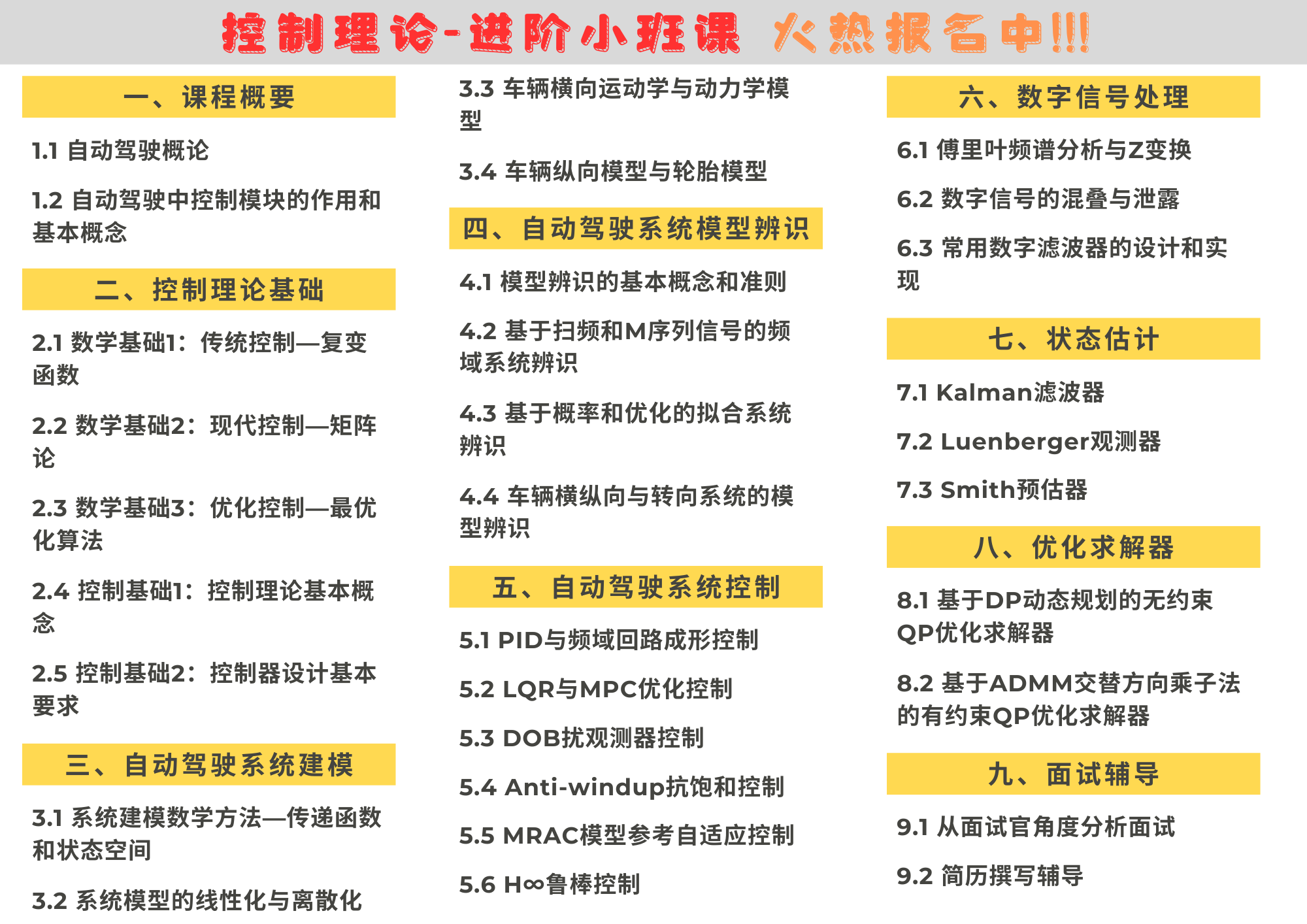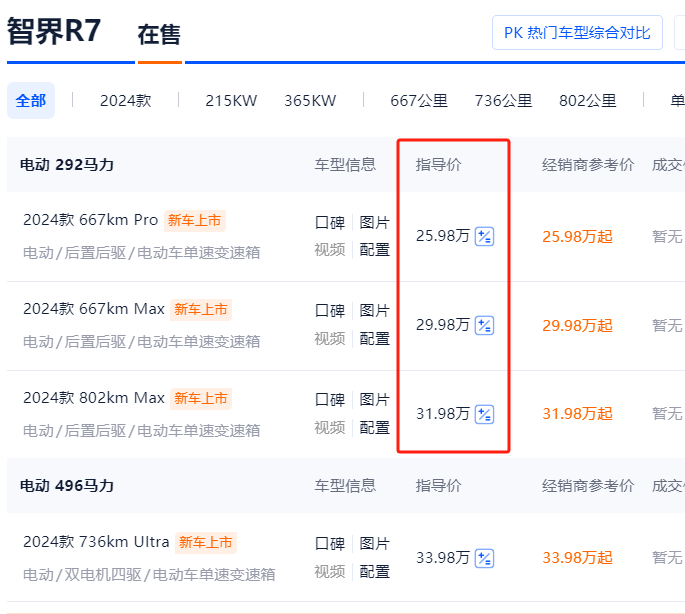前言
Netty开发中,客户端与服务端需要保持同样的;半包粘包处理,编码解码处理、收发数据方式,这样才能保证数据通信正常。在前面NettyServer的章节中我们也同样处理了;半包粘包、编码解码等,为此在本章节我们可以把这些知识模块开发到NettyClient中。本章节涉及到的知识点有;LineBasedFrameDecoder、StringDecoder、StringEncoder、ChannelInboundHandlerAdapter等

MyChannelInitializer
public class MyChannelInitializer extends ChannelInitializer<SocketChannel> {
@Override
protected void initChannel(SocketChannel channel) throws Exception {
// 基于换行符号
channel.pipeline().addLast(new LineBasedFrameDecoder(1024));
// 解码转String,注意调整自己的编码格式GBK、UTF-8
channel.pipeline().addLast(new StringDecoder(Charset.forName("GBK")));
// 解码转String,注意调整自己的编码格式GBK、UTF-8
channel.pipeline().addLast(new StringEncoder(Charset.forName("GBK")));
// 在管道中添加我们自己的接收数据实现方法
channel.pipeline().addLast(new MyClientHandler());
}
}
public class MyClientHandler extends ChannelInboundHandlerAdapter {
/**
* 当客户端主动链接服务端的链接后,这个通道就是活跃的了。也就是客户端与服务端建立了通信通道并且可以传输数据
*/
@Override
public void channelActive(ChannelHandlerContext ctx) throws Exception {
SocketChannel channel = (SocketChannel) ctx.channel();
System.out.println("链接报告开始");
System.out.println("链接报告信息:本客户端链接到服务端。channelId:" + channel.id());
System.out.println("链接报告IP:" + channel.localAddress().getHostString());
System.out.println("链接报告Port:" + channel.localAddress().getPort());
System.out.println("链接报告完毕");
//通知客户端链接建立成功
String str = "通知服务端链接建立成功" + " " + new Date() + " " + channel.localAddress().getHostString() + "\r\n";
ctx.writeAndFlush(str);
}
/**
* 当客户端主动断开服务端的链接后,这个通道就是不活跃的。也就是说客户端与服务端的关闭了通信通道并且不可以传输数据
*/
@Override
public void channelInactive(ChannelHandlerContext ctx) throws Exception {
System.out.println("断开链接" + ctx.channel().localAddress().toString());
}
@Override
public void channelRead(ChannelHandlerContext ctx, Object msg) throws Exception {
//接收msg消息{与上一章节相比,此处已经不需要自己进行解码}
System.out.println(new SimpleDateFormat("yyyy-MM-dd HH:mm:ss").format(new Date()) + " 接收到消息:" + msg);
//通知客户端链消息发送成功
String str = "客户端收到:" + new Date() + " " + msg + "\r\n";
ctx.writeAndFlush(str);
}
/**
* 抓住异常,当发生异常的时候,可以做一些相应的处理,比如打印日志、关闭链接
*/
@Override
public void exceptionCaught(ChannelHandlerContext ctx, Throwable cause) throws Exception {
ctx.close();
System.out.println("异常信息:\r\n" + cause.getMessage());
}
}
public class NettyClient {
public static void main(String[] args) {
new NettyClient().connect("127.0.0.1", 7397);
}
private void connect(String inetHost, int inetPort) {
EventLoopGroup workerGroup = new NioEventLoopGroup();
try {
Bootstrap b = new Bootstrap();
b.group(workerGroup);
b.channel(NioSocketChannel.class);
b.option(ChannelOption.AUTO_READ, true);
b.handler(new MyChannelInitializer());
ChannelFuture f = b.connect(inetHost, inetPort).sync();
System.out.println("client start done. {关注明哥,获取源码}");
f.channel().closeFuture().sync();
} catch (InterruptedException e) {
e.printStackTrace();
} finally {
workerGroup.shutdownGracefully();
}
}
}
启动客户端NettyClient进行测试即可
好了到这里就结束了netty之NettyClient半包粘包处理、编码解码处理、收发数据方式的学习,大家一定要跟着动手操作起来。需要的源码的 可si我获取;



















